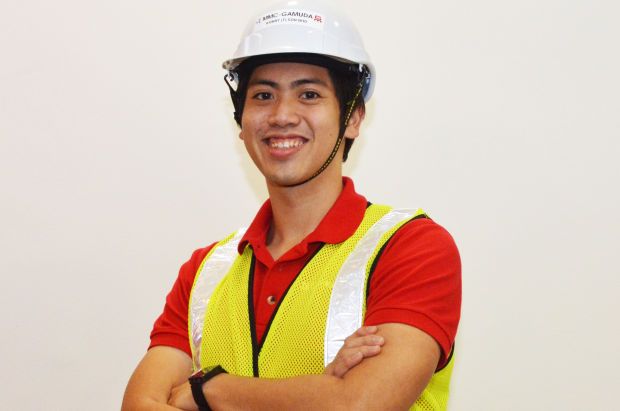ESG roadmap for property and construction

Effective programmes and roadmaps for environmental, social and governance (ESG) aspects in the property and construction industry are important.
But efforts undertaken by just a few companies are not enough, all the companies along the supply chain must play their part.
While sustainable designs in the industry are not yet fully required for compliance in Malaysia, the potential benefits are tremendous.
It is crucial for businesses, while busy in the process of recovery and digital transformation, to realise the urgency of coming up with and sticking to a roadmap so they are not left out as ESG compliance gathers pace.
One of the key components of ESG involves climate change: acknowledge that the industry has a significant carbon footprint from construction activities.
Among the measures to reduce and recover are to build greener buildings, and with advancements in innovation and technology, to come up with climate-resilient developments.
But there is often a misconception that using sustainable tools and implementing sustainable designs will incur more costs or require more manpower.
“Sustainable designs cost less in the long run, even for their maintenance and operational costs, they can also be used as a tool to cultivate an optimised culture – be it for an infrastructure like a railway, highway or a township, workplace or home,’’ said Gamuda Engineering Sdn Bhd managing director Justin Chin.
They can also be used as performance benchmarks. The ESG agenda of engineering and constructions firms involve:
- Health and safety, with top priority on social aspects due to a high reliance on labour.
- Governance issues, given the size and complexity of contracts, the competitive bidding process and the need to engage with public and private stakeholders. The prevention of bribery, corruption and anti-competitive behaviour is also to be taken into account.
- Carbon reduction and environmental initiatives which are a business imperative for contractors.
While the environmental agenda is in focus across all industries, buildings and construction are responsible for 39% of carbon emissions globally. The era of traditional philantrophy and employee volunteer work has now evolved to more a holistic integration of ESG topics.
Within the industry, the Gamuda group has further defined its ESG goals with a clear set of targets under the Gamuda Green Plan 2025. It has specific steps to reduce direct and indirect corporate greenhouse gas emissions intensity by 30% in 2025, and 45% in 2030.
The four pillars under the plan include sustainable planning and design for construction; the community and the business; environmental and biodiversity conservation and the enhancing of sustainability via digitalisation.
Following the introduction of ESG evaluation in procurement in 2021, the group plans to develop solid vendor alliances and setting Scope 3 targets (indirect emissions from the supply chain) from 2026 onwards.
It prioritises local value chains to stimulate entrepreneurial and job opportunities in the various locations that it operates.
The group also supports small and medium-sized suppliers, vendors owned by women or recruits workers from vulnerable groups.
Foreign workers employed by its contractors are housed in clean and comfortable, centralised labour quarters, with communal cooking and sporting facilities.
The group is targeting to potentially develop over 300MW of renewable projects in the next five years.
“However, a single company like Gamuda would not be able to move the needle when it comes to making a significant difference within the industry or fulfilling national aspirations,’’ said Chin.
The whole sectoral supply chain must come together and move towards a similar goal. A growing number of countries are pledging to achieve net-zero emission by 2050 and 2060.
To align with the Paris Agreement on climate change, Malaysia needs to look into:
- Having a clear pathway and roadmap for the next 10 years.
- The decarbonising of electricity as a top priority.
- Putting a price on carbon as a first step.
The government has pledged to:
- Launch a carbon pricing policy in phases.
- Aim for a 31% capacity for renewable energy by 2025, and 40% by 2035 in the national grid.
- Have 100% procurement of non-internal combustion engines for government vehicles by 2030.
- Keep 50% of the country’s forests.
- Develop a national adaptation plan to deal with the impact of climate change.
- Implement zero waste at landfills and increase the recycling rate to 40% by 2025.
In Malaysia, 75% of all greenhouse gas emissions comes from three primary sources – electricity generation (40%), road transportation (18%) and industry and manufacturing (17%).
A roadmap is also essential for the business community to guide them in their investment decisions, so that they do not become stranded assets overnight.
This could be due to regulations or policies introduced by the government or international supply chains.
Businesses should also be aware of the risks of climate change that will impact their operations; these risks could be a rise in sea levels or more frequent flooding.
More and more challenges are emerging, but to be future ready, we must move with foresight and anticipation, so that we are not left behind or have our goods and services rejected internationally.

